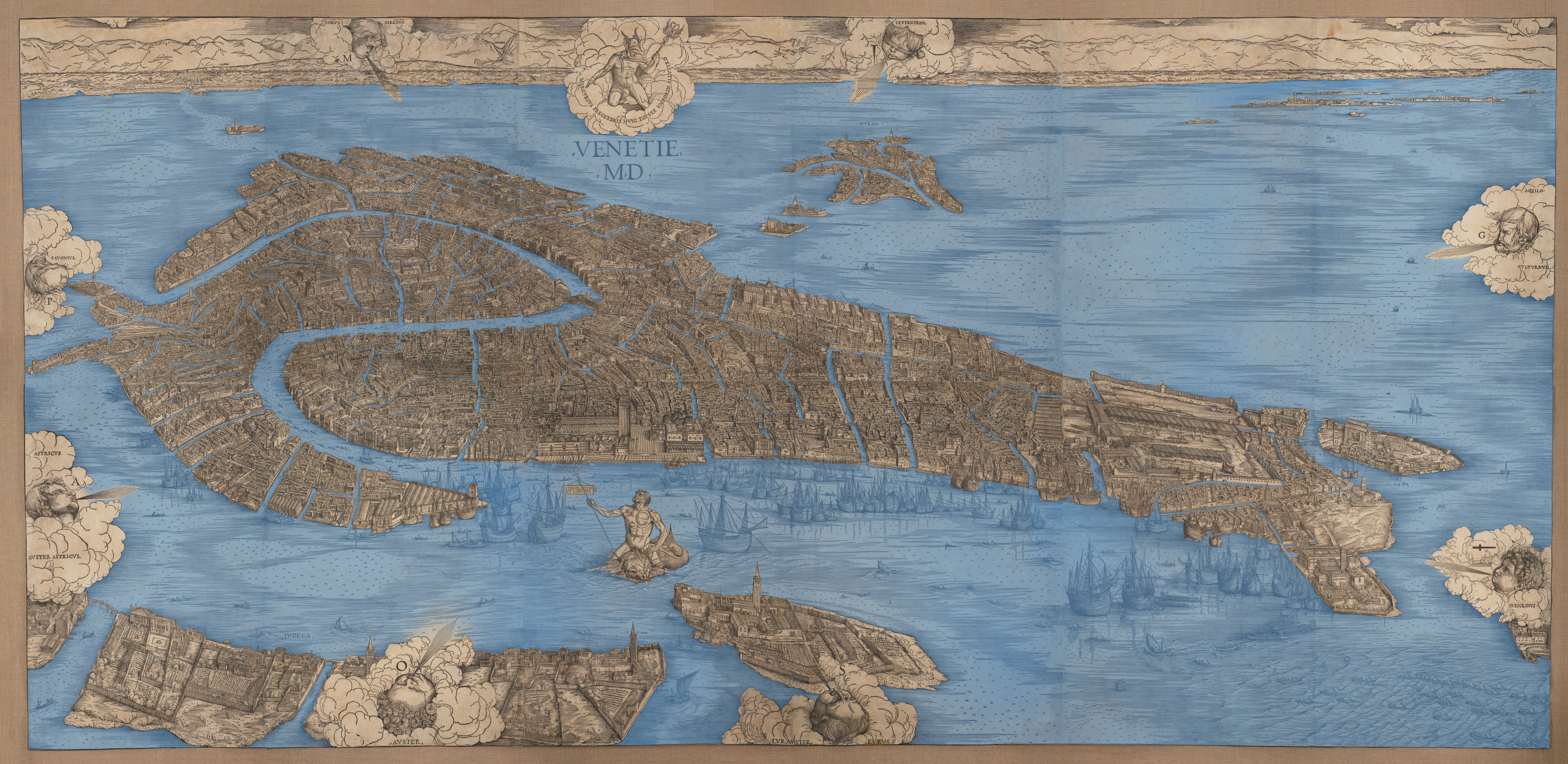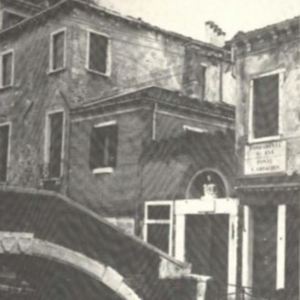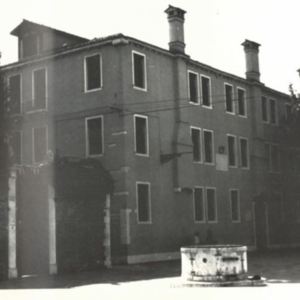Hospices
Like homes, convents, and brothels, hospices were another widespread option for widows which existed in every sestieri in Venice. Throughout Venice there were 132 hospices, typically for the poor, sick, or pilgrims.[i] However, in only seven of the hospices were the primary residents widows:[ii]
Ospizio Foscolo
Oapizio Aletti
Ospizio de Tommasi
Ospizio Morosini
Ospizio Morosini o Grimani
Ospizio Anna Villabruna Dei
Ospitaletto della Maddalena
Typically, these hospices were public works that aimed to contribute to society by serving the most vulnerable people who could not help or support themselves.[iii] Hospices were formed and funded in a multitude of ways, including patronage from a church, public support from the government, semi-publicly from a non-government organization, by confraternities, or privately by individuals.[iv] As indicated by the names of individuals in the name of the ospizi themselves, some of the hospices for widows were funded privately by women interested in protecting their inheritance wealth and avoid paying taxes by donating to charitable work. Or, more commonly, they were established by their families to protect their social status and family name.
[i] Franca Semi, Gli “Ospizi” di Venezia (Edizioni Helvetia, 1983) page 26.
[ii] Franca Semi, Gli “Ospizi” di Venezia (Edizioni Helvetia, 1983) page 28.
[iii] Franca Semi, Gli “Ospizi” di Venezia (Edizioni Helvetia, 1983) page 29.
[iv] Franca Semi, Gli “Ospizi” di Venezia. (Edizioni Helvetia, 1983) page 27. Breakdown by sestieri: Castello 39, San Marco 19, Connaregio 30, San Polo 6, Santa Croce 5, Dorsoduro 26, Giudecca 7



